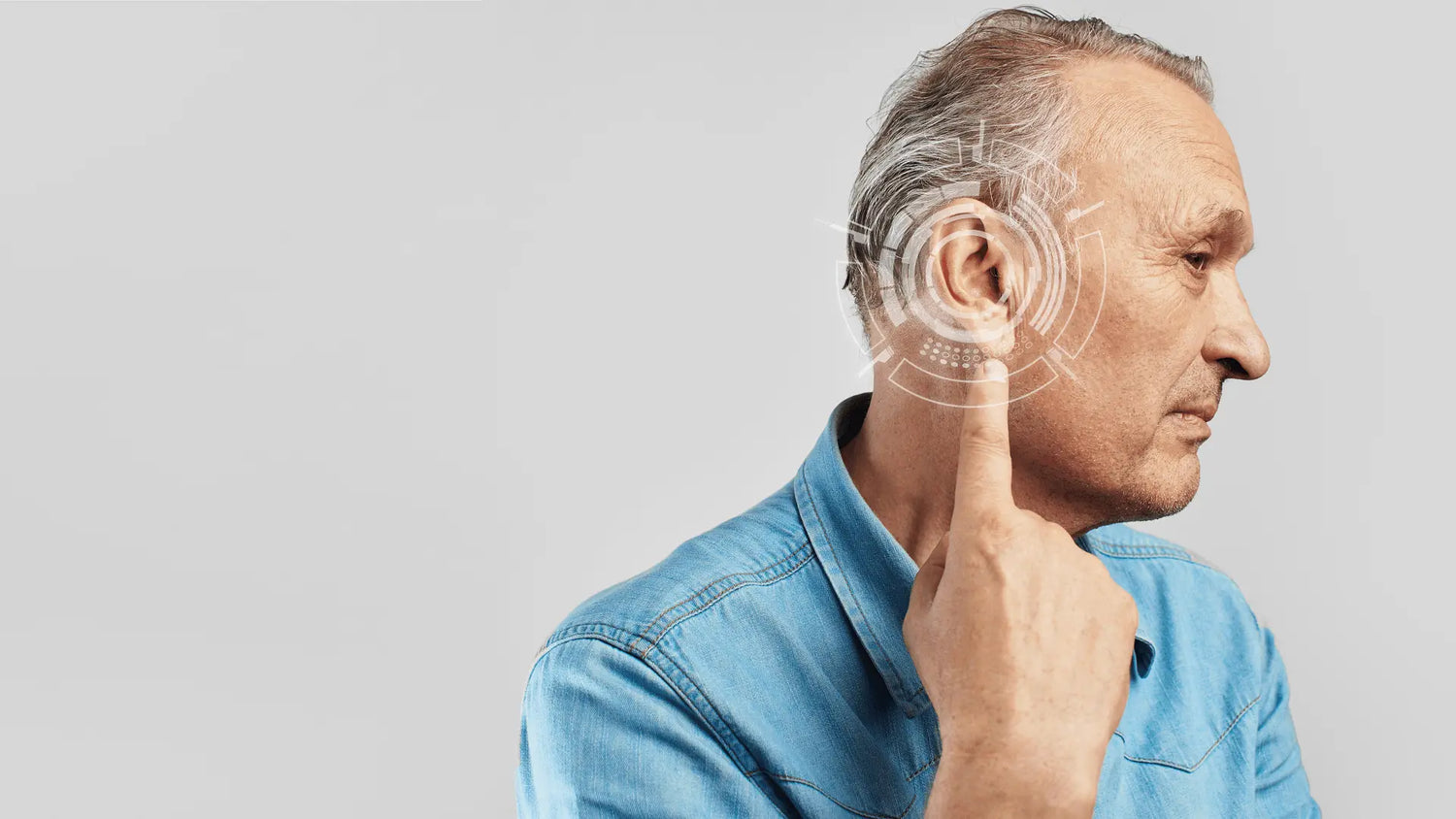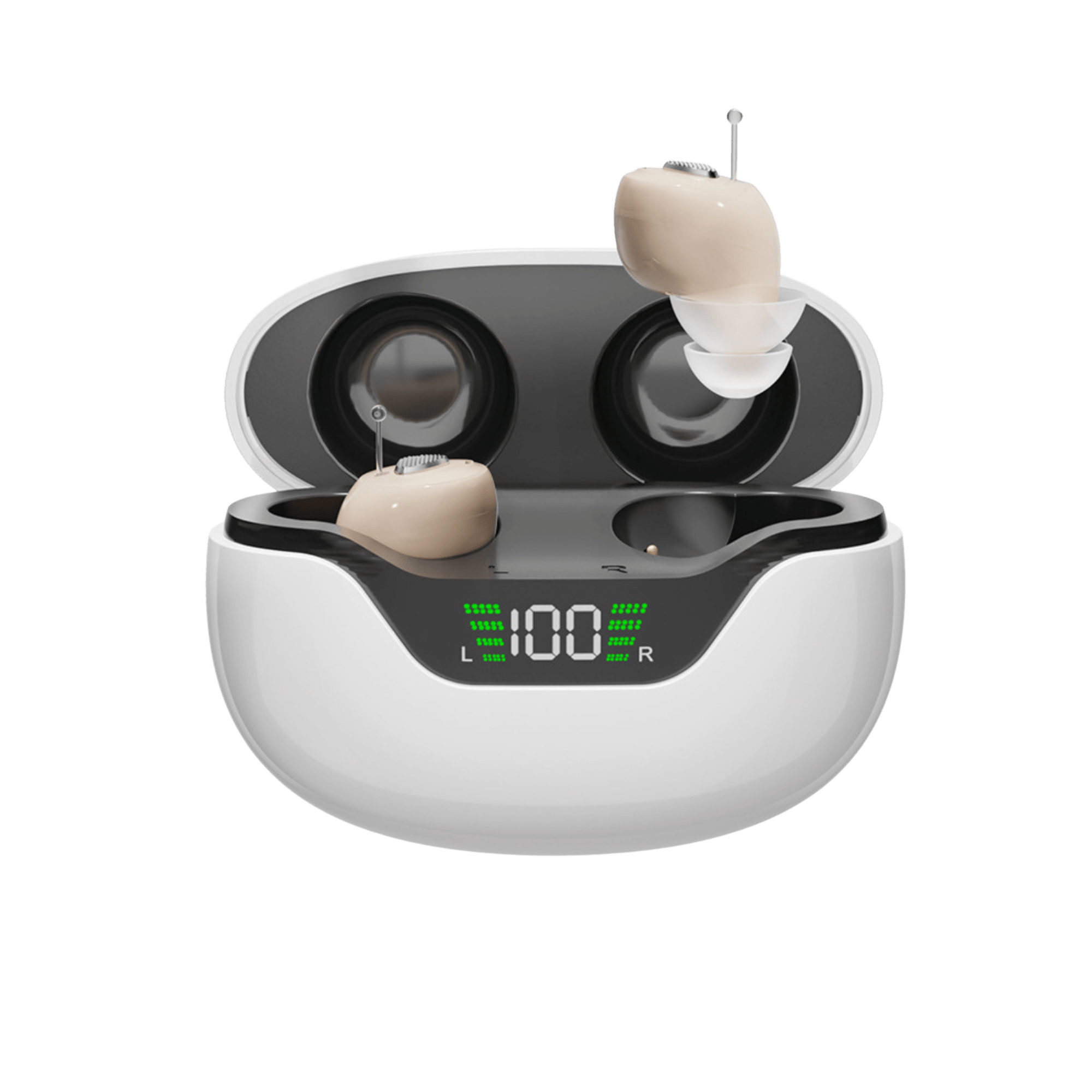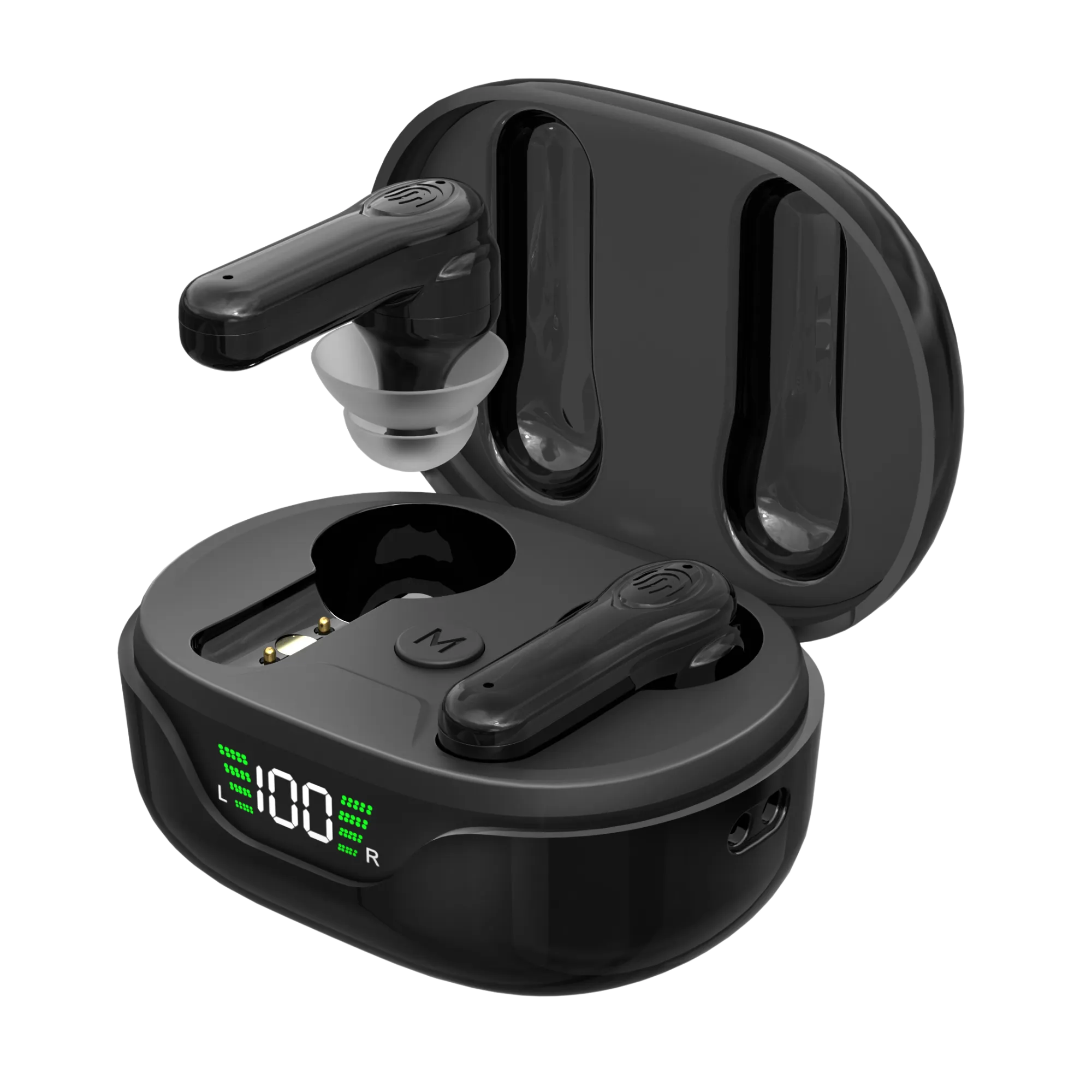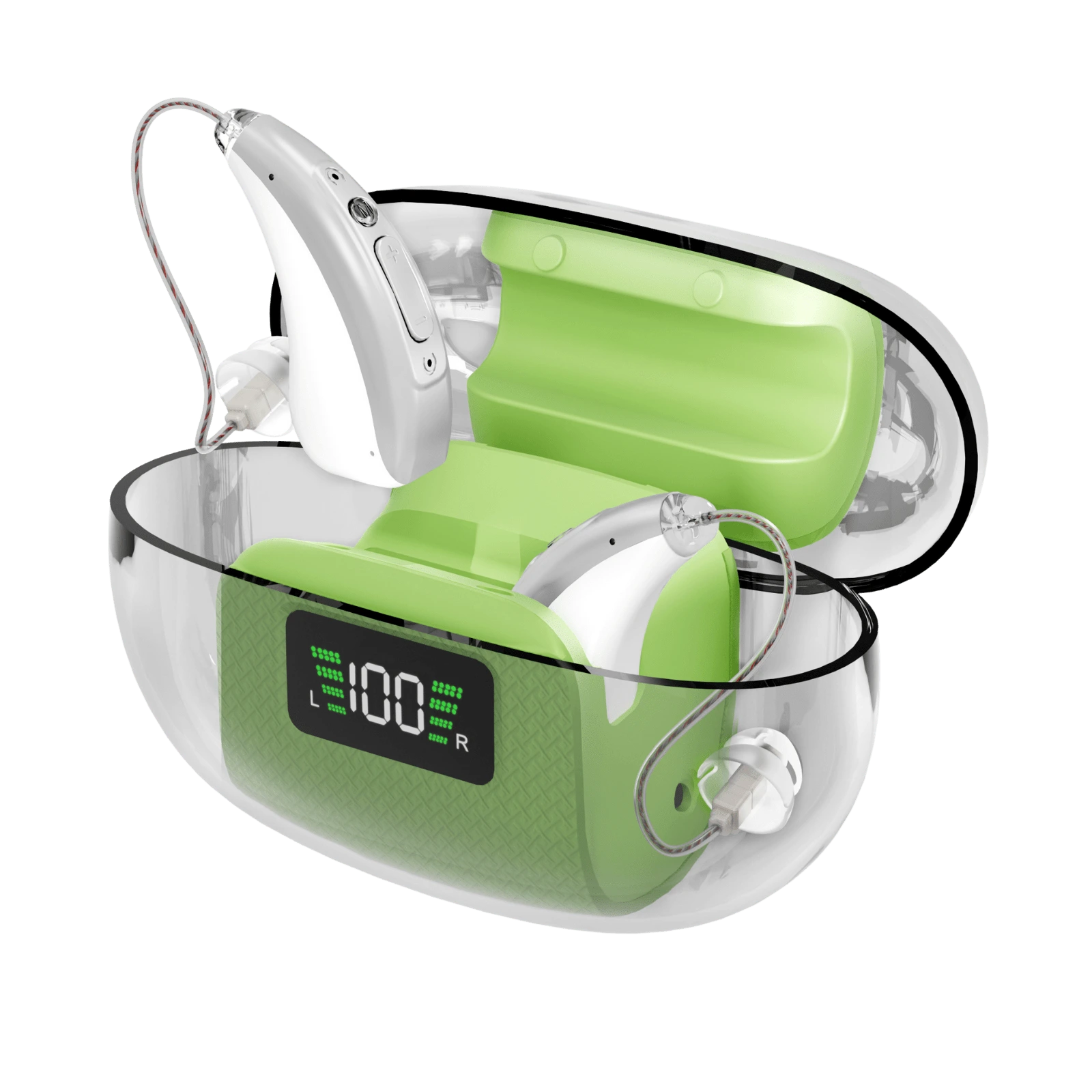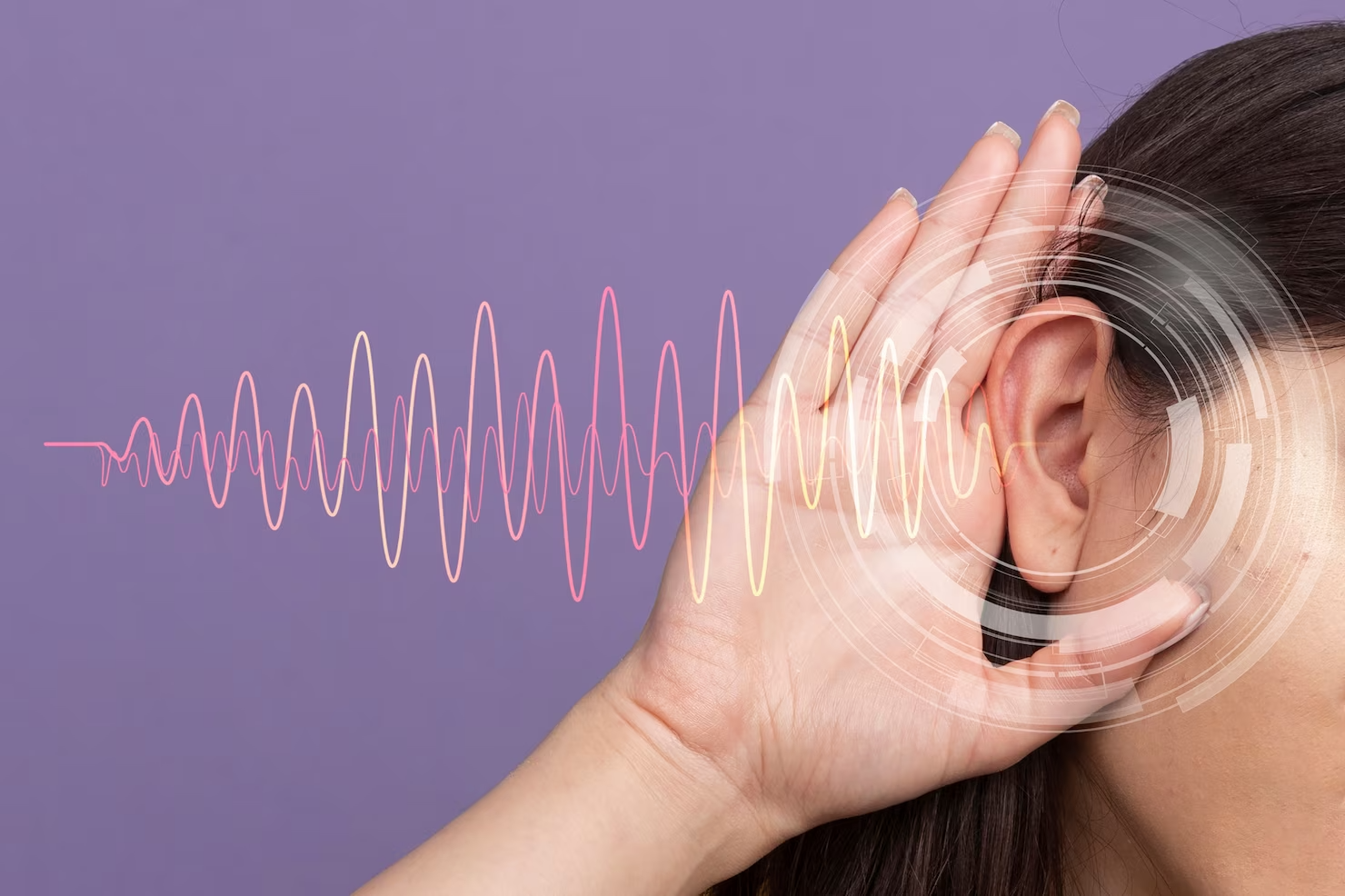A Full Guide on How to Put in Hearing Aids
Hearing aids are important tools that make life a lot better for many people who have trouble hearing. These gadgets help people talk to each other better, get involved in more social activities, and hear better in general. How do you put hearing aids in, though? This article shows you how to put hearing aids in the right way, whether you're a new user or just want a quick review.
Getting to know the different kinds of hearing aids
Before getting into how to put hearing aids in, it's important to know that there are different kinds, and each has a different way to do it.
Behind-the-Ear (BTE) hearing aids have a part that sits behind your ear and is linked to an earmold or ear tip that sits in your ear canal.
In-the-ear (ITE) hearing aids are made to fit your outer ear (the part that looks like a bowl) and ear canal.
Hearing aids that go In-the-Canal (ITC) and Completely-in-the-Canal (CIC): These are even smaller and are made to fit in the ear canal, either partly or completely.
Let's talk about how to put each kind of hearing aid in.
Putting in hearing aids that go behind the ear (BTE)
Hold the Hearing Aid: Hold the hearing aid so that the earmold or ear tip points toward your ear canal and the body of the device curves behind your ear.
Put the Earmold in: Place the ear tip or ear shape gently into your ear canal. It should be a tight fit.
Set the device up: Once the shape is in place and feels good, move the hearing aid's body behind your ear. Make sure it sits well and firmly.
Putting in-the-ear hearing aids (ITE) in
Hold the Hearing Aid: Hold the hearing aid so that the part that goes into the ear canal points toward your ear canal and the part that sits in your outer ear points in the same direction.
Insert the Device: Carefully place the part of the hearing aid that goes into the ear canal into your ear. The device should easily fit into your outer ear and stay in place.
Putting in In-the-Canal (ITC) and Completely-in-the-Canal (CIC) hearing aids
Hold the Hearing Aid: Hold the hearing aid so that the part that goes into your ear canal points toward your ear canal.
Insert the Device: Put the hearing aid carefully into your ear canal. The thing should fit in tightly.
Remember that you should never force any kind of hearing aid into your ear. If it doesn't feel right, take it off and try again. If you keep trying and still can't find a comfortable fit, you should talk to a hearing care provider. The gadget might need to be adjusted or reshaped.
Getting Your Hearing Aids to Work
Once you've put your hearing aids in correctly, the next step is to turn them on. When the battery door is shut, most hearing aids will turn on by themselves. Hearing aids that can be charged will usually turn on when they are taken out of their charging port.
How to Fix Things
If you put in your hearing aids and hear ringing or feedback, you may not have done it right. Try taking them out and putting them back in. If this doesn't fix the problem, you should make an appointment with a hearing care specialist. It's also important to keep your hands clean when you handle your hearing aids so that dirt or oil doesn't get into the microphone or speaker.
Getting Used to Hearing Aids
Be kind to yourself as you learn to use your hearing aids. Putting in and taking out your hearing aids may take some time to get used to, and it's normal to need a few tries at first to get it right. It will become second nature over time.
In conclusion, putting hearing aids in the right way is a crucial step for getting the most out of them. Depending on the type of hearing aid, the process is different, but in every case, the devices should be put in carefully and firmly. If you are having trouble or feeling uncomfortable, don't be afraid to ask your hearing care provider for help. Remember that it's not just about hearing better—it's about living better!
Learning how to put in and take out things properly
Hearing aids are important tools that make life a lot better for many people who have trouble hearing. These gadgets help people talk to each other better, get involved in more social activities, and hear better in general. How do you put hearing aids in, though? This article shows you how to put hearing aids in the right way, whether you're a new user or just want a quick review.
Getting to know the different kinds of hearing aids
Before getting into how to put hearing aids in, it's important to know that there are different kinds, and each has a different way to do it.
Behind-the-Ear (BTE) hearing aids have a part that sits behind your ear and is linked to an earmold or ear tip that sits in your ear canal.
In-the-ear (ITE) hearing aids are made to fit your outer ear (the part that looks like a bowl) and ear canal.
Hearing aids that go In-the-Canal (ITC) and Completely-in-the-Canal (CIC): These are even smaller and are made to fit in the ear canal, either partly or completely.
Let's talk about how to put each kind of hearing aid in.
Putting in hearing aids that go behind the ear (BTE)
Hold the Hearing Aid: Hold the hearing aid so that the earmold or ear tip points toward your ear canal and the body of the device curves behind your ear.
Put the Earmold in: Place the ear tip or ear shape gently into your ear canal. It should be a tight fit.
Set the device up: Once the shape is in place and feels good, move the hearing aid's body behind your ear. Make sure it sits well and firmly.
Putting in-the-ear hearing aids (ITE) in
Hold the Hearing Aid: Hold the hearing aid so that the part that goes into the ear canal points toward your ear canal and the part that sits in your outer ear points in the same direction.
Insert the Device: Carefully place the part of the hearing aid that goes into the ear canal into your ear. The device should easily fit into your outer ear and stay in place.
Putting in In-the-Canal (ITC) and Completely-in-the-Canal (CIC) hearing aids
Hold the Hearing Aid: Hold the hearing aid so that the part that goes into your ear canal points toward your ear canal.
Insert the Device: Put the hearing aid carefully into your ear canal. The thing should fit in tightly.
Remember that you should never force any kind of hearing aid into your ear. If it doesn't feel right, take it off and try again. If you keep trying and still can't find a comfortable fit, you should talk to a hearing care provider. The gadget might need to be adjusted or reshaped.
Getting Your Hearing Aids to Work
Once you've put your hearing aids in correctly, the next step is to turn them on. When the battery door is shut, most hearing aids will turn on by themselves. Hearing aids that can be charged will usually turn on when they are taken out of their charging port.
How to Fix Things
If you put in your hearing aids and hear ringing or feedback, you may not have done it right. Try taking them out and putting them back in. If this doesn't fix the problem, you should make an appointment with a hearing care specialist. It's also important to keep your hands clean when you handle your hearing aids so that dirt or oil doesn't get into the microphone or speaker.
Getting Used to Hearing Aids
Be kind to yourself as you learn to use your hearing aids. Putting in and taking out your hearing aids may take some time to get used to, and it's normal to need a few tries at first to get it right. It will become second nature over time.
In conclusion, putting hearing aids in the right way is a crucial step for getting the most out of them. Depending on the type of hearing aid, the process is different, but in every case, the devices should be put in carefully and firmly. If you are having trouble or feeling uncomfortable, don't be afraid to ask your hearing care provider for help. Remember that it's not just about hearing better—it's about living better!
Learning how to put in and take out things properly
